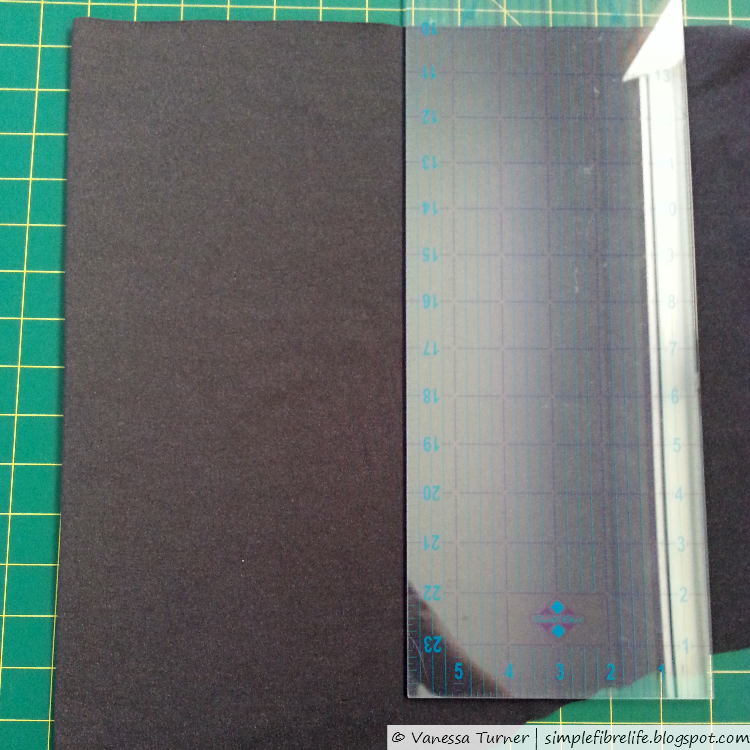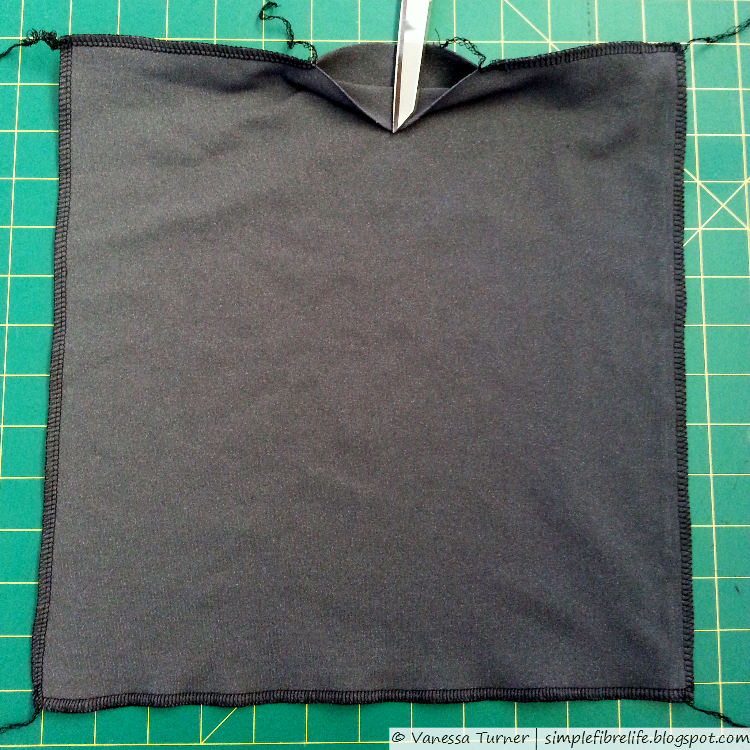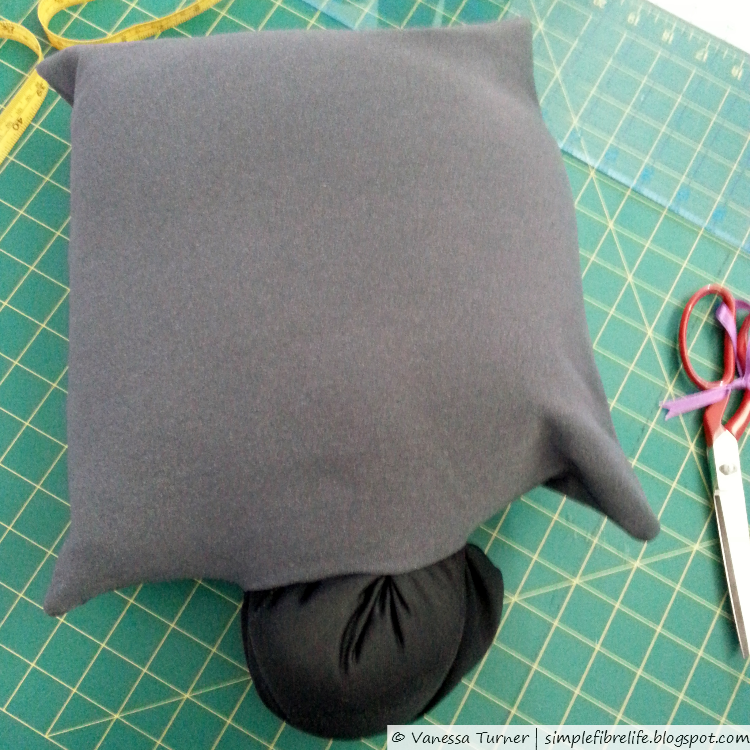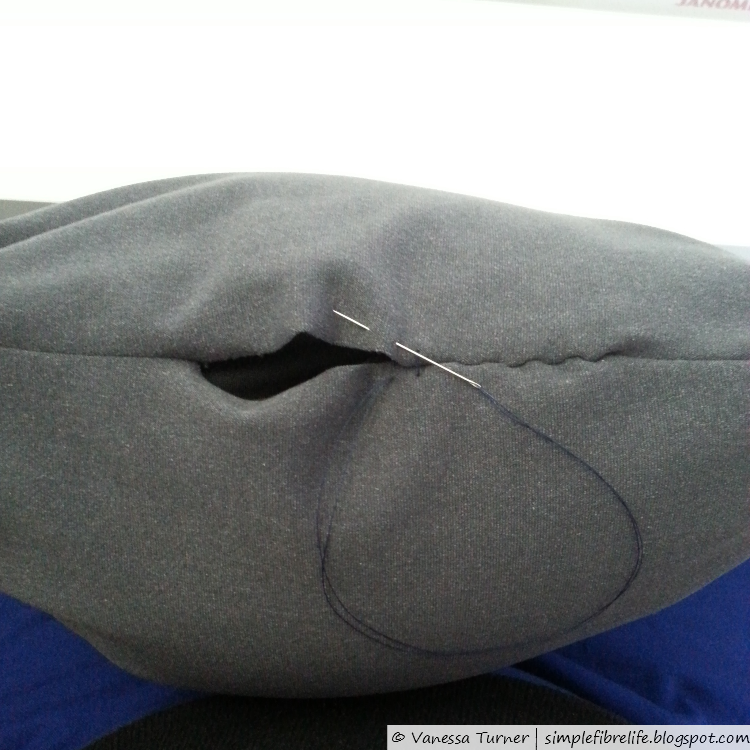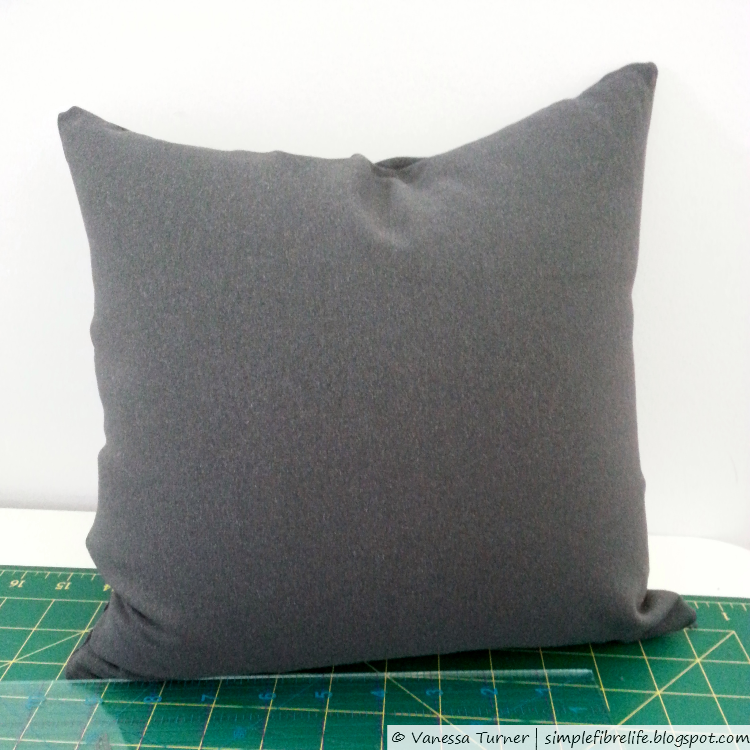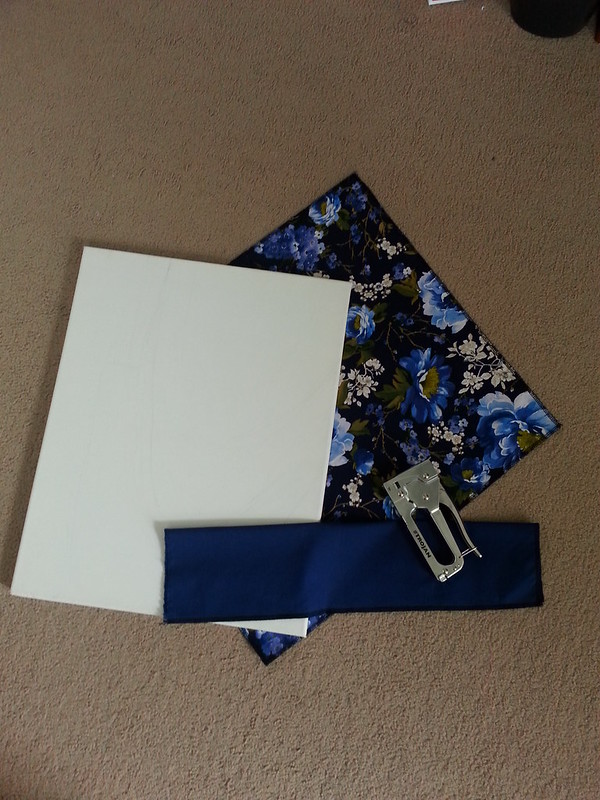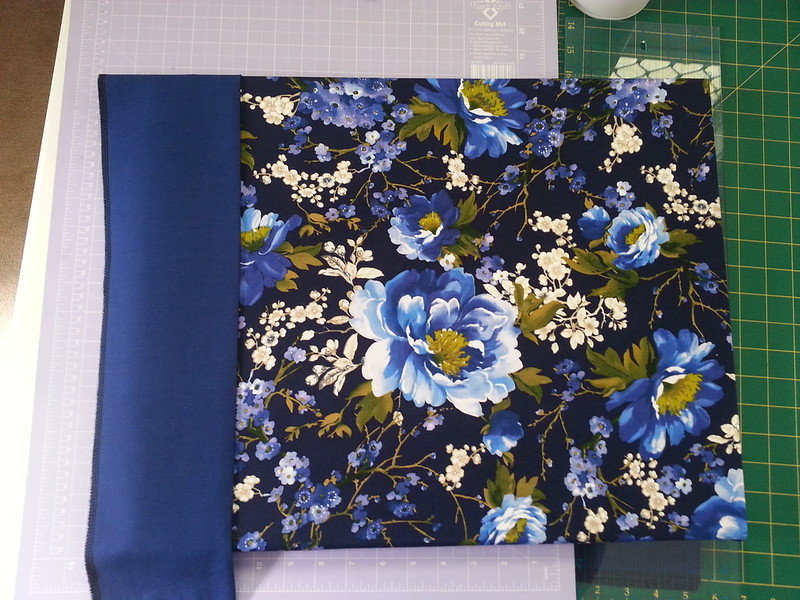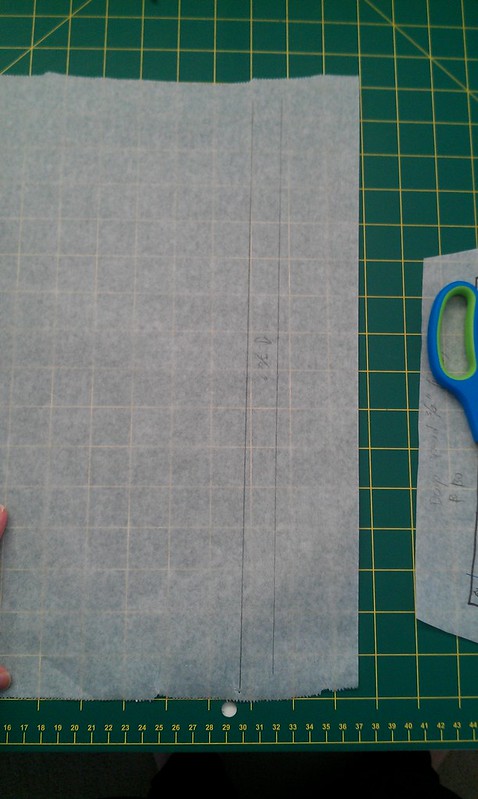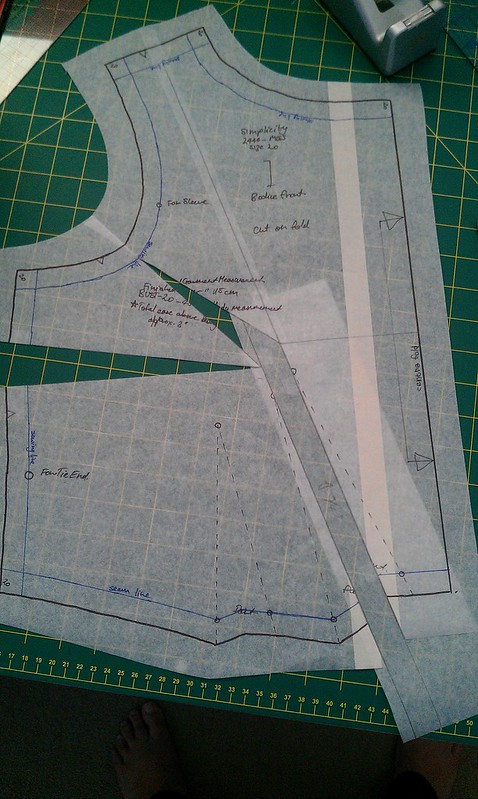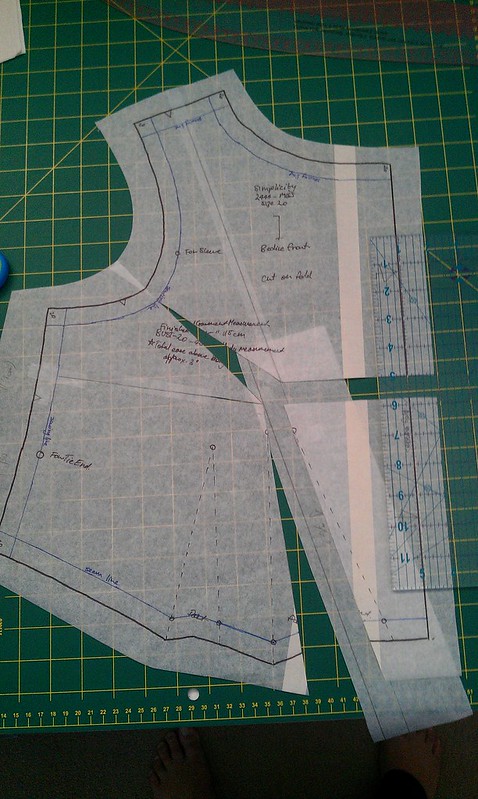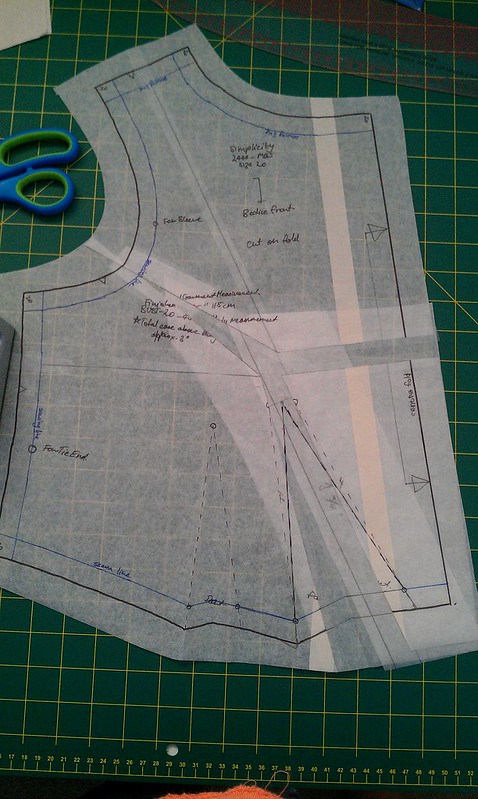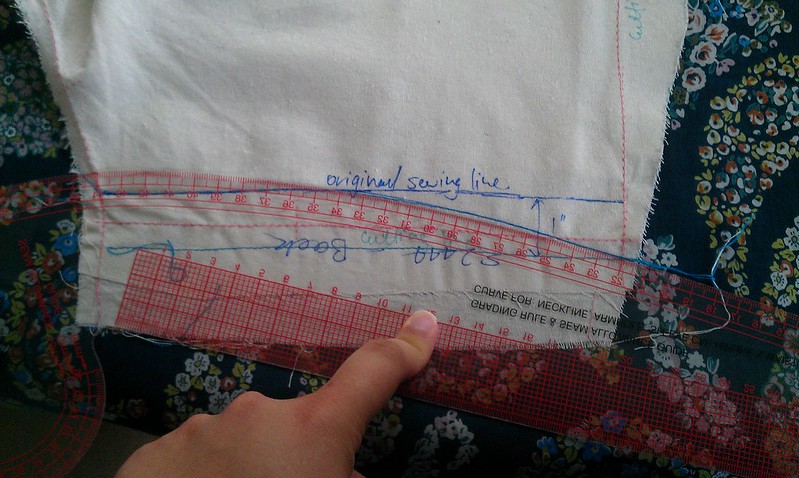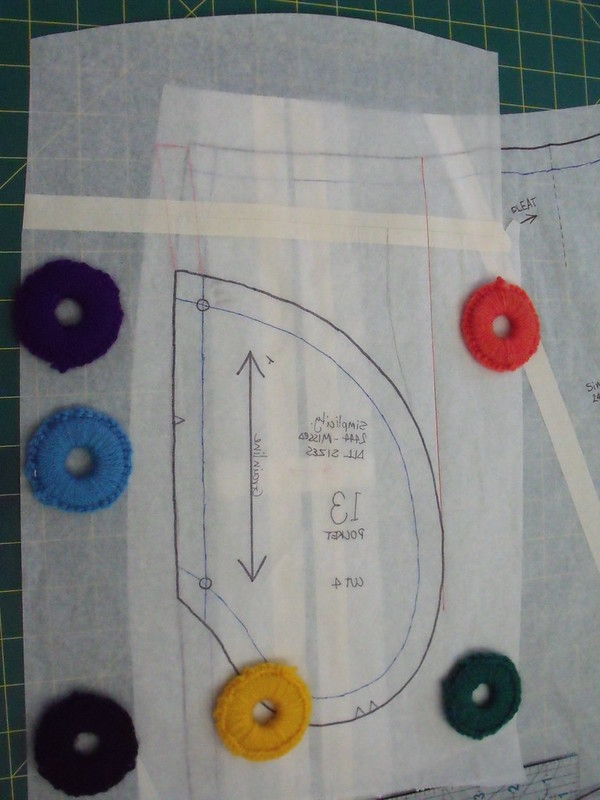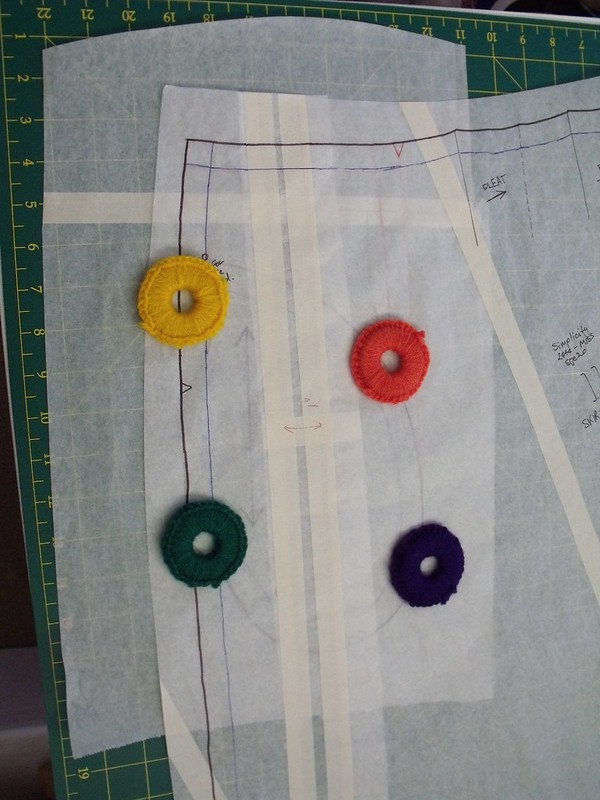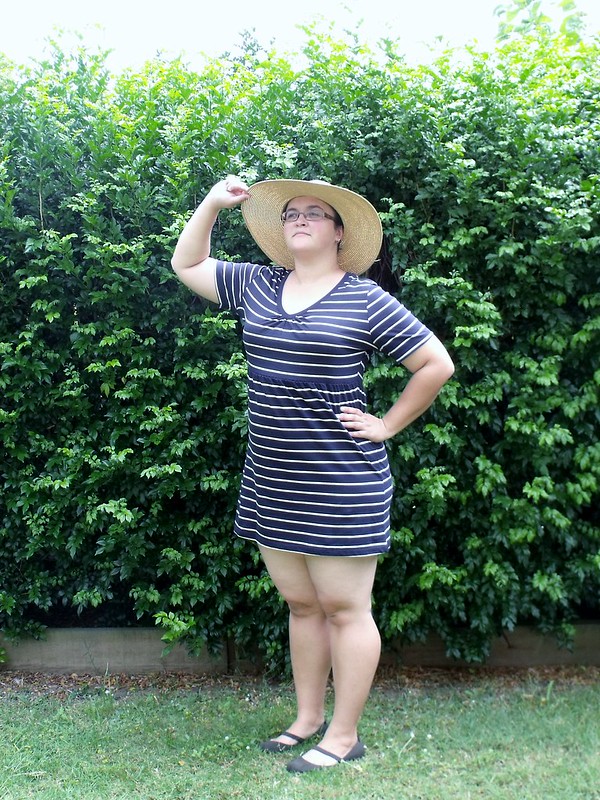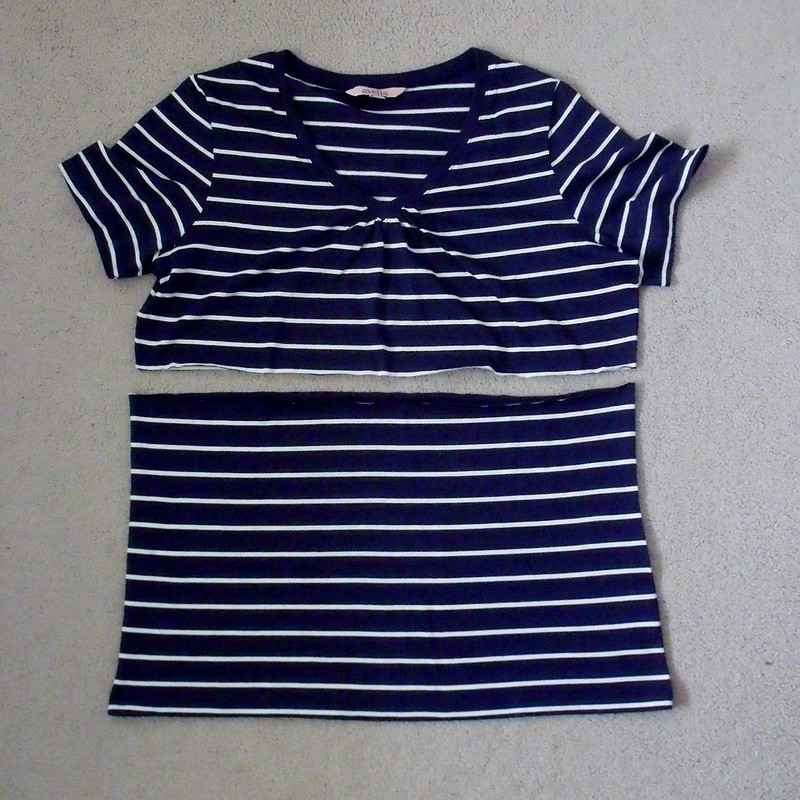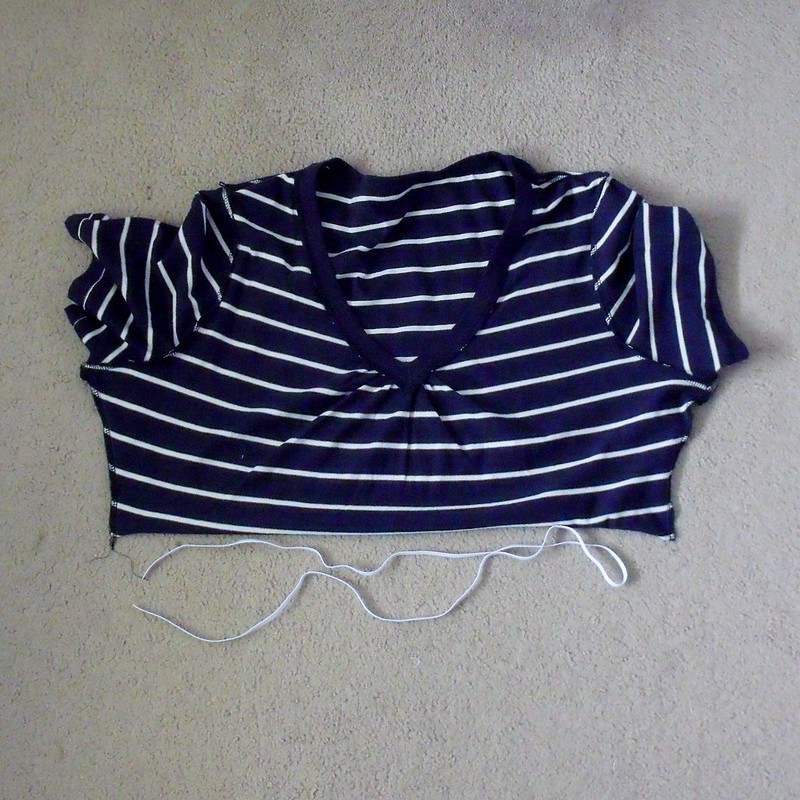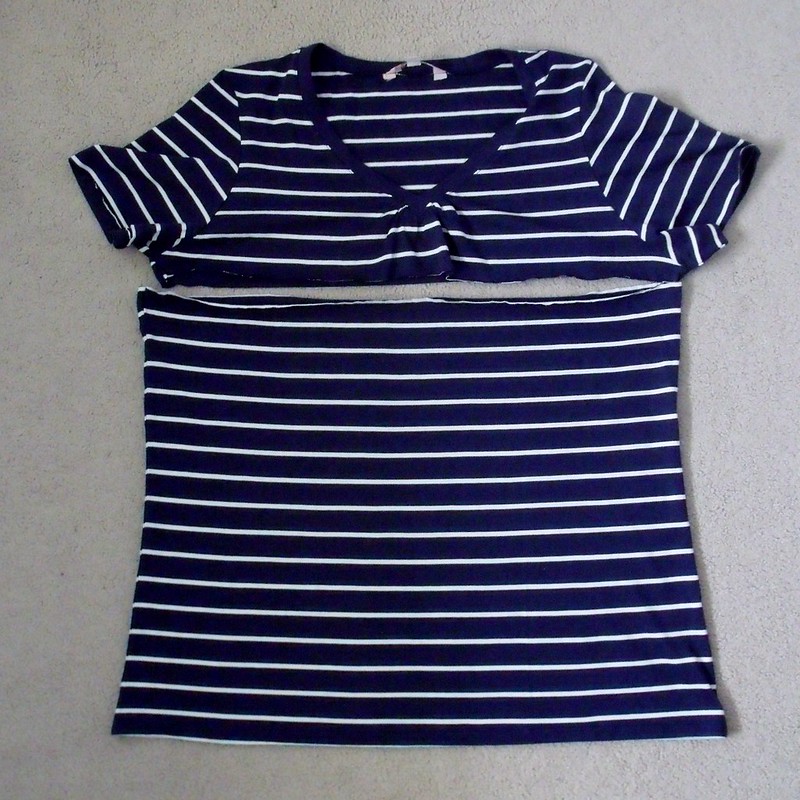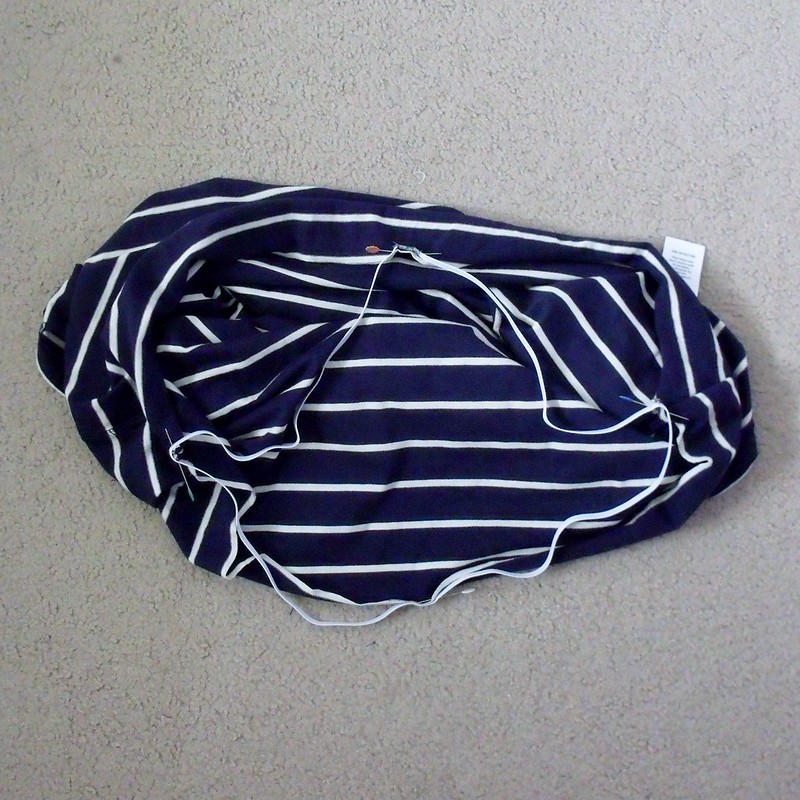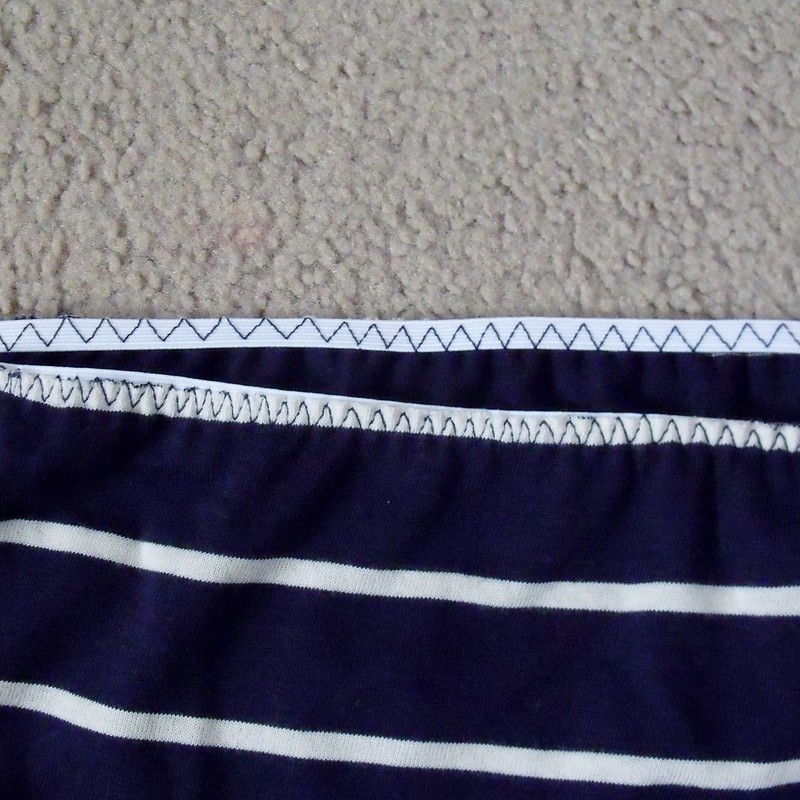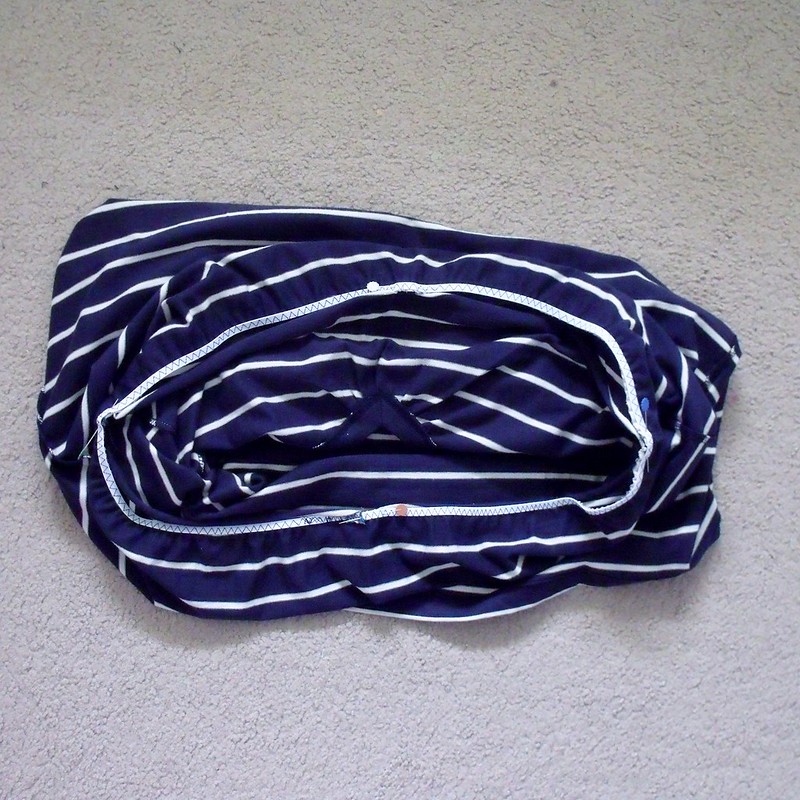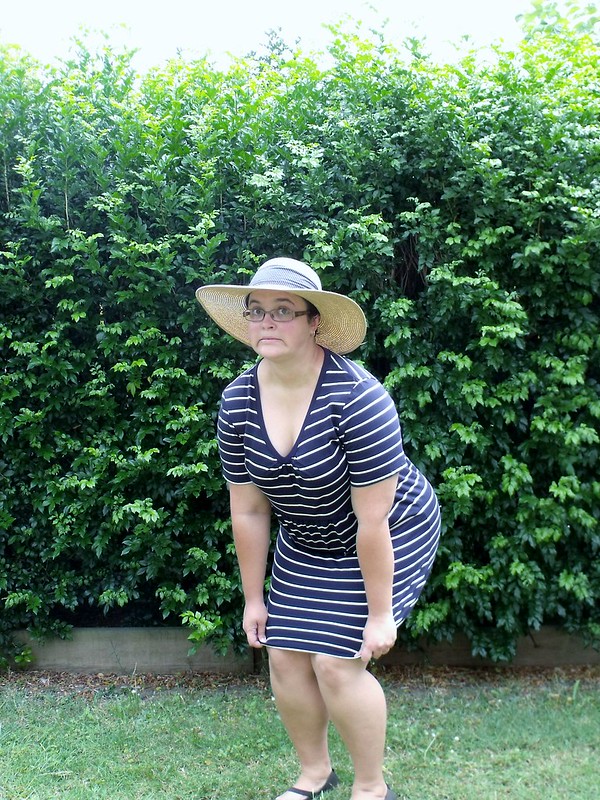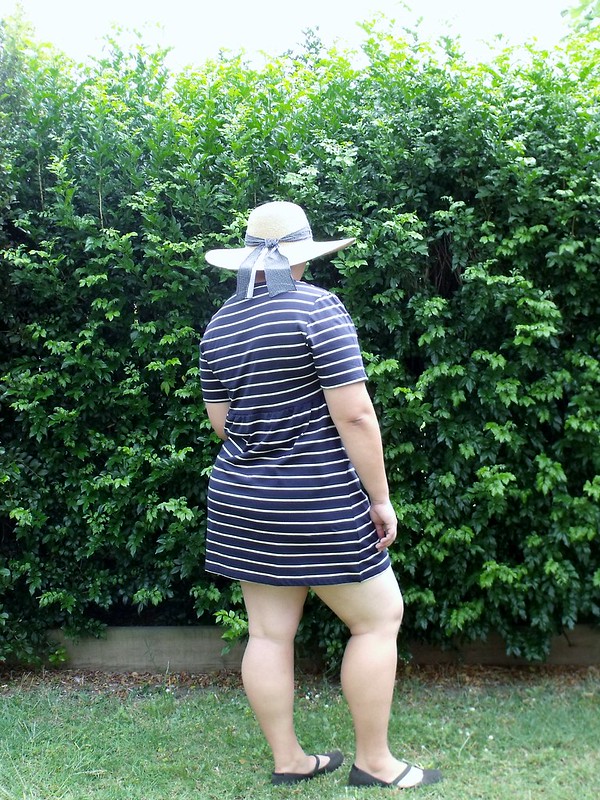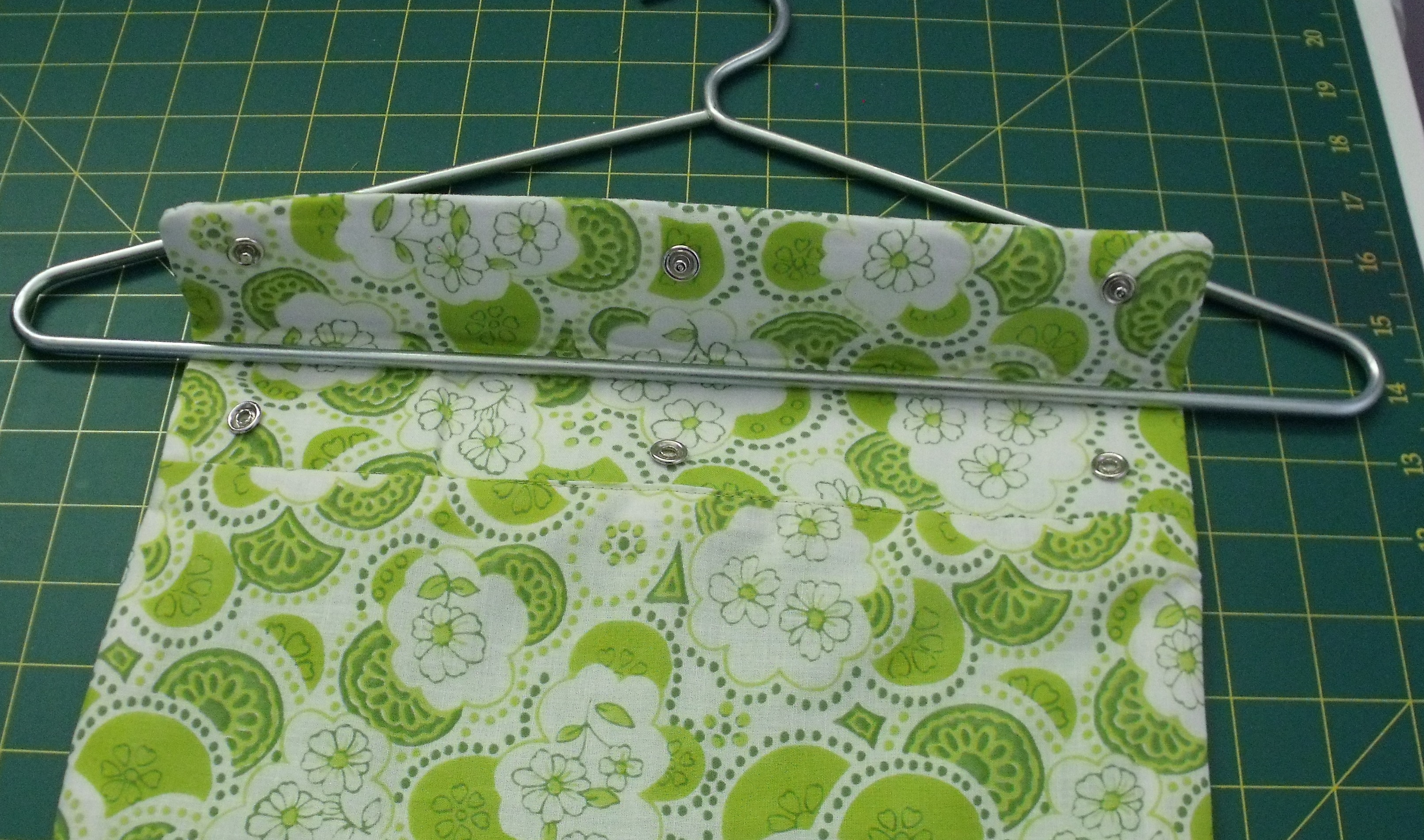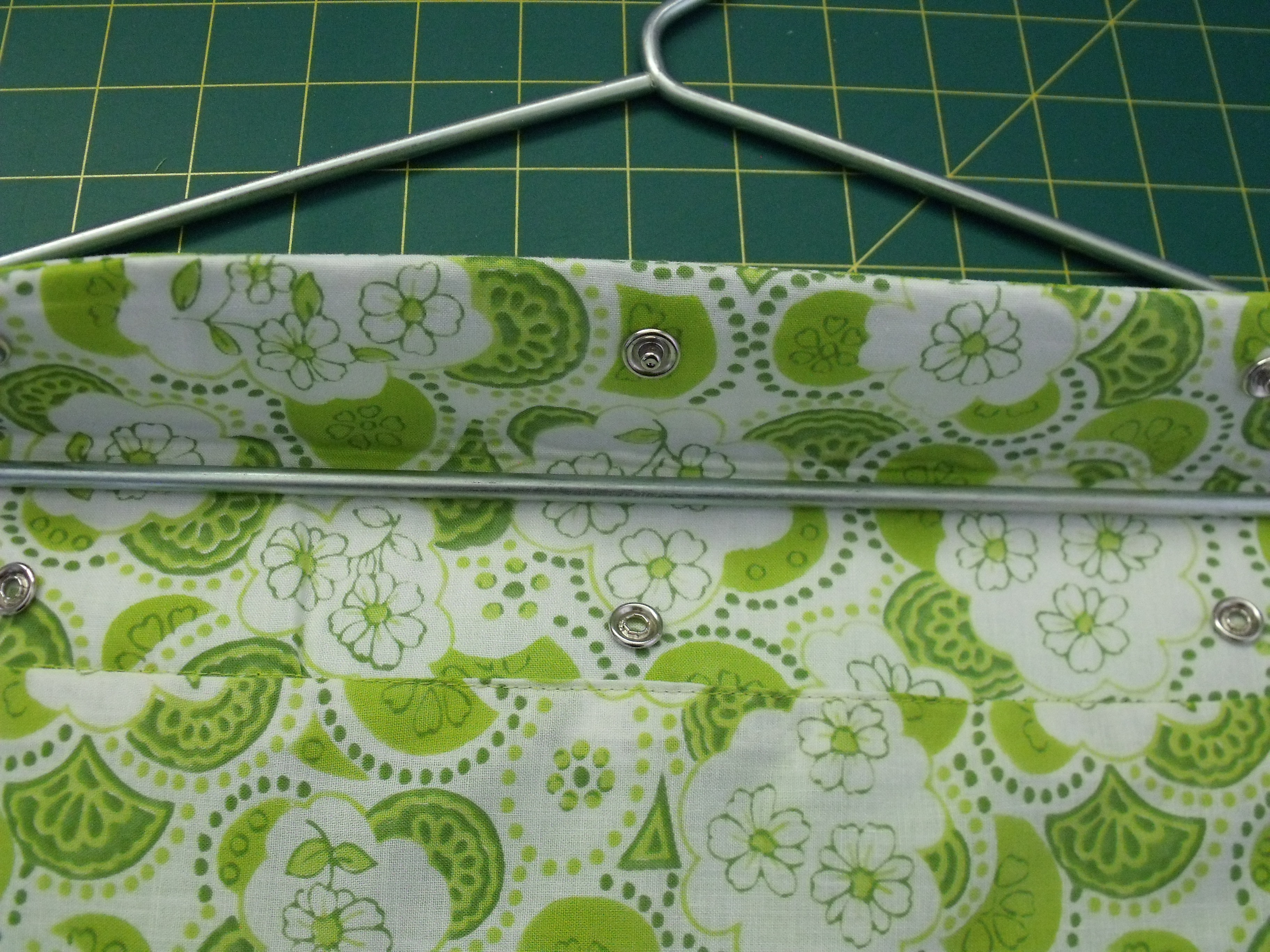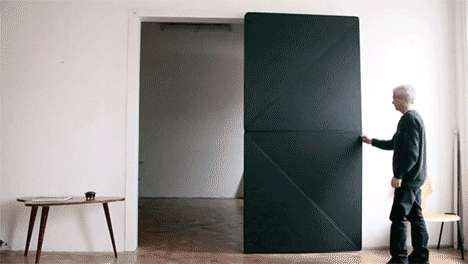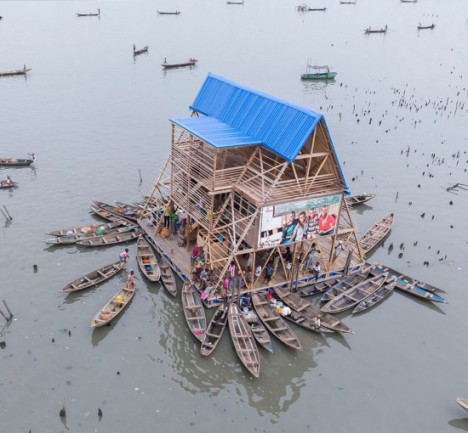In this behind the seams I'm going to go over the pattern adjustments I made to S2444.
Here is
S2444 Behind the Seams Part 1.
BODICE ADJUSTMENT
I couldn't find anything on the interwebs about it so I thought I would write this post so hopefully someone will stumble up on it in their time of need.
I traced the front bodice pattern on some paper (I use a giant roll of kitchen grease proof paper and tape strips together). I then marked in the seam allowances - the blue outline. I drew in the cutting lines for the adjustment in pencil.
To make my life easier I drew the 3/4" guide the FBA on some spare paper.
Next it was cutting time!
I slashed the pattern from the inner waist dart to the shoulder seam line.
Upon reflection I should have cut from the bust point to the armscye.
To fix that, I drew a line from the armscye to the bust point and tapped the top of the waist-shoulder slash.
Then I slashed from the side seam to the bust point. Remembering to make a little hinge.
Using the 3/4" guide that drew I lined up the waist-bust point slash along the lines.
I scratched my head for awhile here because I thought I would have to make a side dart because of the adjustment. But then I had an 'Aha!' moment and just rotated the side dart closed.
Now I slashed from bust point to centre front fold line and moved it down 3/4", using my cutting ruler as a guide.
I put some paper behind all the gaps and stuck it all together. I redrew the inner waist dart-in black.
I wasn't happy with the uneven waist darts so I redrew the darts-in red below (sorry about the bad photo).
To calculate how to change the darts I measured between the dart legs of both darts at the seam line.
Added them together and then divided by 2.
In the picture below I also have drawn in the change in the side seam/waist seam with the side seam pivoting out to add 1" to the waistline.
Then I retraced the whole pattern including the FBA and the side seam adjustment.
I drew the dart legs in light blue so I put a bit of paper behind so you could see them in the photo.
SKIRT ADJUSTMENT
I needed to adjust the skirt pieces so they would match up with the bodice, because I had adjusted the bodice side seam by moving it out 1" at the waistline.
I kept this adjustment simple. I slashed both the front and back pattern pieces from the waist to the hem and added 1" stripes to match the 1" adjustment made on the bodice.
POCKET ADJUSTMENT
The pocket that is provided in S2444 is just a basic side seam pocket. I haven't much experience with them, but I just know that having a pocket flapping around in the skirt would annoy me.
So I decided to adjust the skirt so that It attached at the waist seam to stop 'pocket-flap'.
I laid the original pocket pattern on the front skirt, with the pocket facing inwards and the sides seam notches matching.
Initially I laid the pocket piece so that the pocket was facing out, but soon realised my mistake. You can see that I started to trace the side seam in faint red below.
I drew a line from the 'outer-most' part of the pocket straight up to the waistband.
Then I laid the pocket pattern under the skirt pattern and drew a notch where the pocket cutting line would match up with the skirt waistline.
Then I drew in the seam lines and cutting lines on the right side of the pocket pattern.
I hope all of that made sense. Holla at me if you need some help - just pop a comment below.
Have you been puzzled about how to make a pattern adjustment? What did you do?
Leave a comment below, I'd love to hear from you :)
Until next time,




